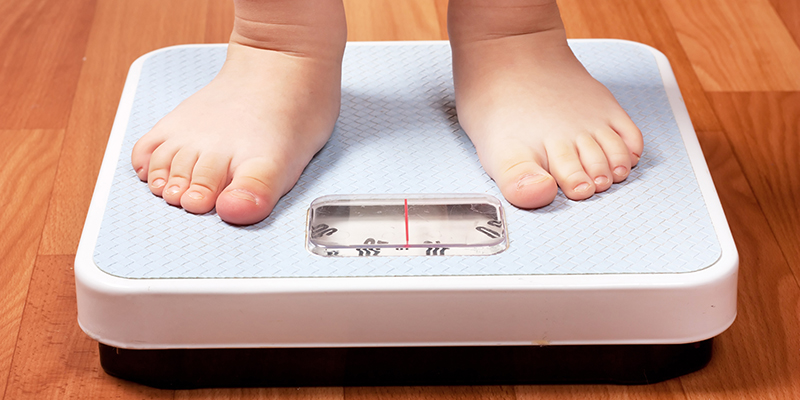
New data released shows childhood obesity rates in England have increased considerably since the pandemic. Two-fifths of children aged 10 -11 are overweight or obese – which is the biggest rise in childhood obesity levels recorded to date, with those from deprived backgrounds worst affected.
The National Child Measurement Programme figures show the Body Mass Index (BMI) classification rates for English children in reception and year 6 by age, sex, ethnicity, and region. Data showed that 40.9% of children aged 10 to 11 are living with overweight (including obesity) and 25.5% are living with obesity. Of children aged 4-5, 27.7% are living with overweight (including obesity) and 14.4% are living with obesity.
The data also revealed children residing in the most disadvantaged parts of the country are more than twice as likely to be living with obesity than others. There is a clear correlation between obesity and healthy with rates to areas children live within. Boys are more likely to be obese than girls (29.8% for boys compared to 21.7% of girls aged 10 to 11). Ethnicity is also shown to be linked to body weight, with black children most likely to be obese.
The Government has announced plans to set-up 15 clinics across England to provide customised weight loss treatment to tackle obesity. However, systematic factors that prevent children from living healthy lives will also need to be addressed. The widespread availability and promotion of cheap unhealthy food needs to be tackled and processed foods needs to be reformulated, so it contains less fat, sugar, and salt.